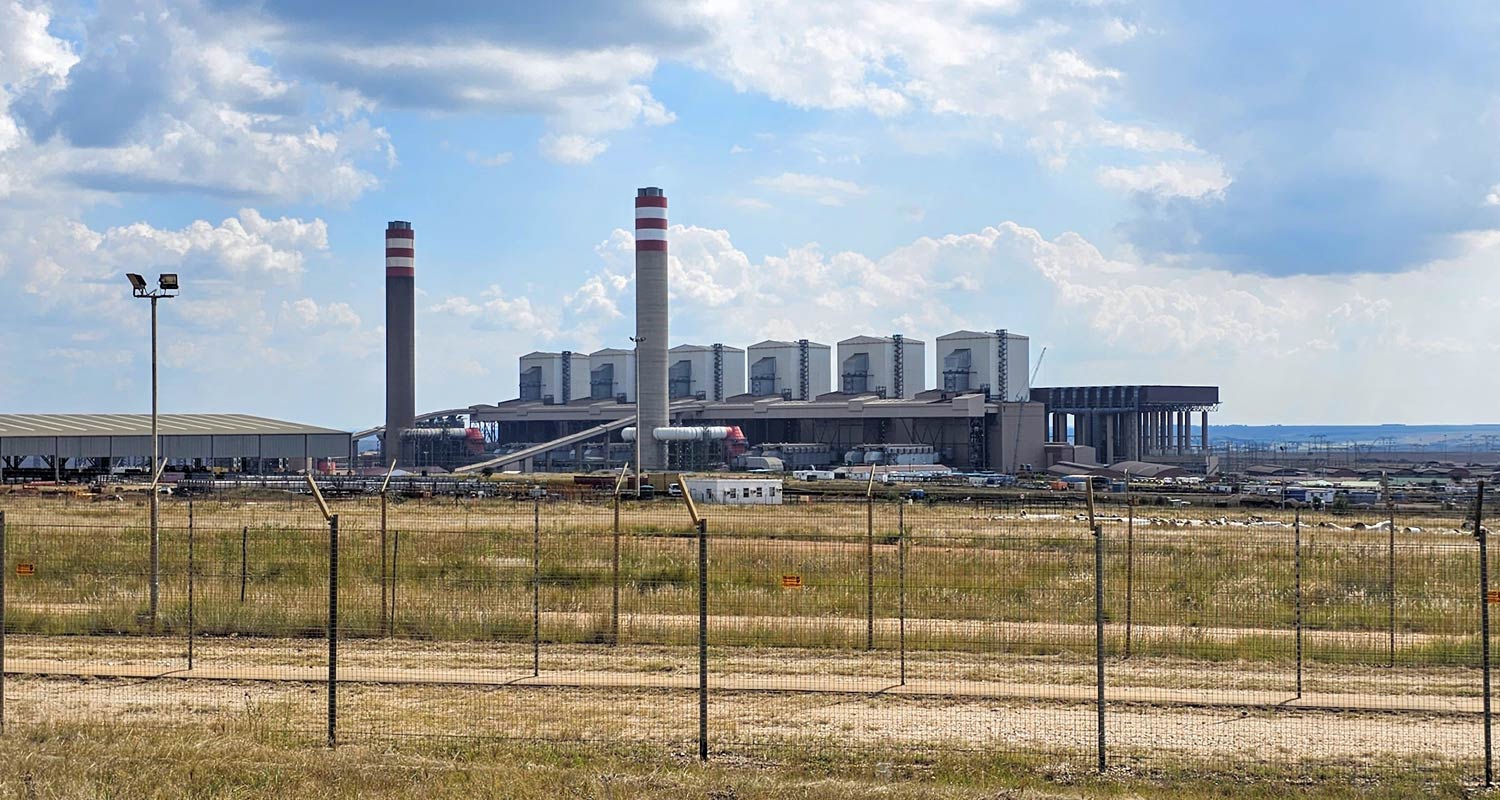
Eskom has constructed a road — albeit a short one — entirely out of ash from one of its coal-fired power stations.
The state-owned electricity utility said on Thursday that the ash, from the Kusile power station, was used to build a road that extends for 759m across two sections.
“This heavy-duty road is designed to support the daily passage of 1 200 to 1 600 trucks, each weighing about 34t, during the construction of a new coal conveyor belt,” the company said in a statement.
“Eskom is utilising around 2 904t of legacy coal ash per kilometre of road, adhering to conventional road-building standards,” it said. “By replacing traditional cement with recycled ash, the project contributes to a reduction in carbon dioxide emissions – every tonne of cement avoided equates to less carbon dioxide produced.”
Eskom explained that its research division has explored “geopolymerisation”, a chemical process that transforms aluminosilicate ash into geopolymer concrete.
“This innovative material serves as a sustainable and durable alternative to traditional cement. By applying this technology to the Kusile West Access Road, Eskom is advancing sustainable infrastructure development in South Africa.”
By-product
Legacy ash is a by-product of coal-fired power generation and comprises weathered fly and bottom ash.
Eskom is authorised to use coal ash in various applications, including road construction and brick manufacturing. The utility produces about 34 million tonnes of coal ash annually, of which only 7-10% is beneficiated, with the remainder stored in ash disposal facilities.
Read: The crime problem crippling Eskom and Transnet
“Classified as type-3 hazardous waste, coal ash management incurs significant environmental and financial liabilities. The innovative use of legacy ash minimises ash volumes in dumps, thereby reducing both environmental impacts and costs. Additionally, replacing cement with ash allows Eskom to earn carbon credits.” — © 2024 NewsCentral Media




